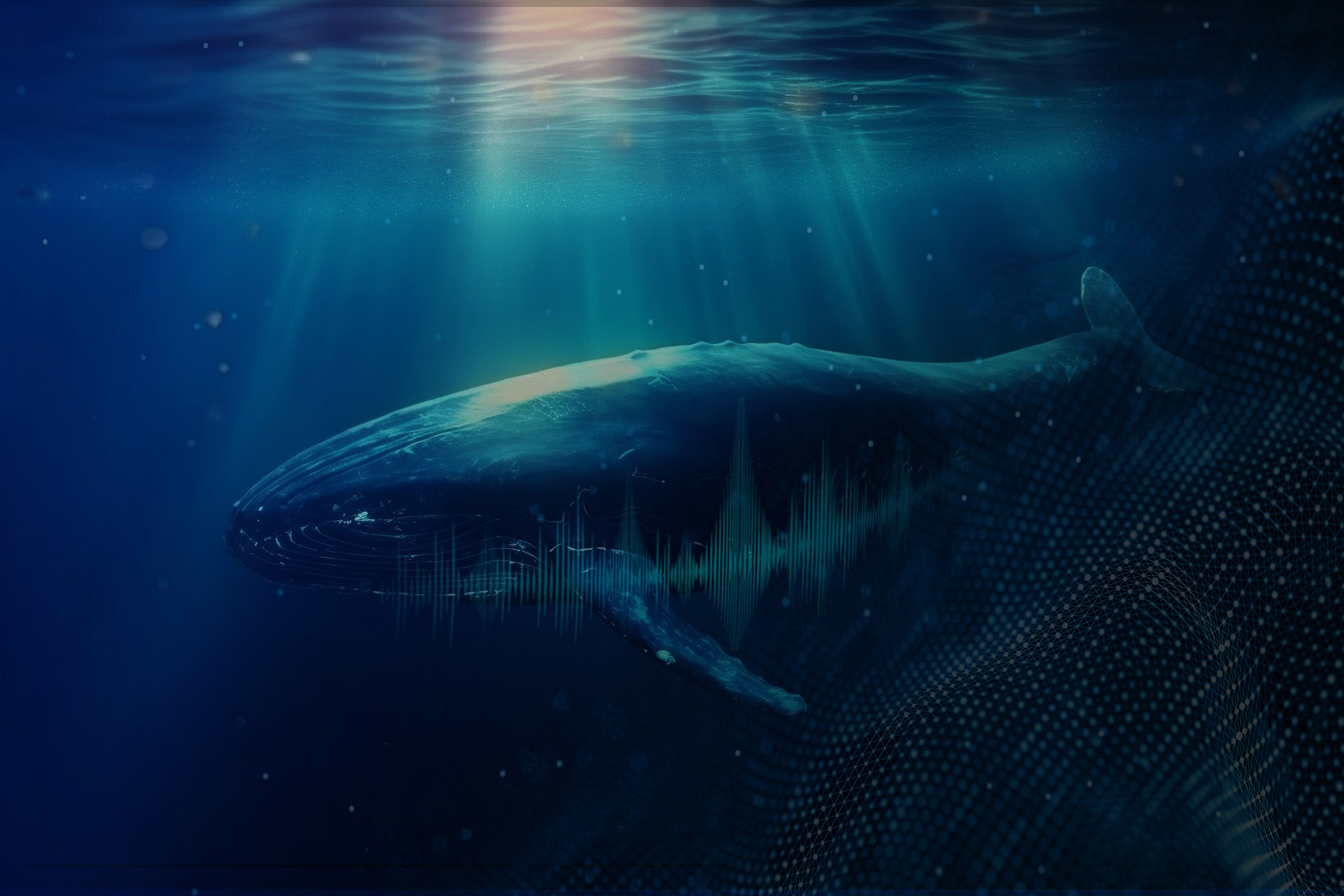Stealth is the ultimate goal: Controlling the Acoustic Signatures of Marine Vessels
Water carries sound. Noise moves faster and travels longer distances through water than through air. Therefore, the more discreet a submarine is, the less vulnerable it is to external threats.
5 minutes
18th of August, 2023

This article was originally published in Thinkers & Makers, a magazine from Akkodis featuring the smartest minds and innovative projects that are driving the future of technology and engineering.
The ping of the on-board microwave oven can be heard from far away, as can the noise coming from a crew member taking a shower.
Although submarines are designed for stealth, they will always emit noises of some kind. These noises come from three major sources: the thruster, the interaction between the flow and the hull, and the internal sources, particularly rotating machines.
Achieving Operational Stealth
In the maritime industry, a vessel’s operational stealth is a vital indicator of its performance in the same way as speed and maneuverability. Stealth allows ships to operate undetected against specific threats in designated mission areas. Thus, it’s important for manufacturers as well as end users to be able to estimate, manage and control the acoustic signatures of vessels.
Akkodis’ expertise in acoustic recognition and acoustic signal classification as well as its ability to deliver a comprehensive end-to-end solution played a major role in its selection by a large European defense contractor to participate in a major program centered around developing technology for the ship of the future.
Akkodis’ focus is on developing the digital ecosystem to help determine the real-time acoustic footprint of submarines.
Key Account Manager Defense & Security Mikaël Marsal explains: “The overall objective of this system is to minimize the sound of the vessel. It will make it possible to draw up an estimate of noise generated from sources inside the vessel, which was previously difficult to assess due to the quantity and diversity of the data.”
“To do so, it is important to have an overview of the sounds and their characteristics. When that overview is established, it is then possible to start reducing self-produced noise and thus improve the vessel’s ability to stay outside the detection range of hostile vessels.”

Detecting and Analyzing Noise Sources
At low speeds, noises originating from inside a submarine remain the prevalent source of its acoustic signature. The Akkodis solution presents a sectional view of the submarine, making it easy for the crew to determine where, and from which on-board systems, noise is coming from.
For this, Akkodis utilizes its own ‘’Dataakod” platform, which ensures digital continuity between data sources and their uses.
It is made up of open-source big data and data science software as well as software libraries developed by Akkodis to secure and simplify the industrialization of data projects.
According to Marsal, Akkodis’ developers have put special effort into designing the system’s HMI (human machine interface). Having an operational military background himself, Marsal knows the importance of a simple and easily understandable interface allowing for a high level of interactivity and ease-of-use for the crew, which is often working under pressure.
“The analysis the system performs is not simple at all. Nevertheless, what we present to the crew must be simple and designed to minimize the potential for error. So, we’ve put a lot of work into analyzing how the crew works and how to build an interface suited to them,” says Marsal.
Potential Applications Identified
The project is in its early stages, with the development team focusing on building the digital infrastructure to collect and process sensor data and to structure the data for visualization. At this point, the emphasis is on engineering the system. When that is done, it will be time to look further into concrete use cases.
The client and the Akkodis development team have already identified a range of applications where the submarine’s real-time acoustic footprint could come into play, and where, in time, the system will allow for a significant reduction in the vessel’s signature.
It could optimize the functioning of the submarine’s Golden Ear. Golden Ear is the nickname for the people and on-board systems listening to outside noise, to determine the position of hostile vessels or other factors crucial to the submarine’s mission.
If the Golden Ear is aware of the vessel’s acoustic footprint in real-time, it can filter out its own noise to focus on what’s important and potentially dangerous: outside noise. By improving the Golden Ear’s ability to differentiate between internal and external noise, the vessel can more effectively locate hostile vessels, thus ensuring safety of the crew and maintaining the integrity of the mission.
The system also has the potential to improve maintenance of the submarine. Through cross-analysis, aging parts could be identified and changes in the vessel’s acoustic footprint could point to machinery or components behaving differently than expected, such as vibrational sensors revealing bearings that need replacement.
Offering a Comprehensive Solution
The development team is building the software on top of a similar solution originally designed for a completely different domain – insurance - chosen because, data management and architecture are state-of-the-art, and easily applicable to the new use case.
According to Marsal, this has allowed Akkodis to offer the client an overall package which encompasses multiple domains of expertise. The proposed solution, which is being carried out in three secure Akkodis sites, includes software development, analysis and reporting as well as database segregation and administration, making it even more effective and fit for purpose.
“Although we are in the early phases of the project, our client is convinced of the utility of the solution and satisfied with the progress made so far. We’re confident we can support them on their journey towards the ultimate goal: to be the quietest vessel in the ocean.”